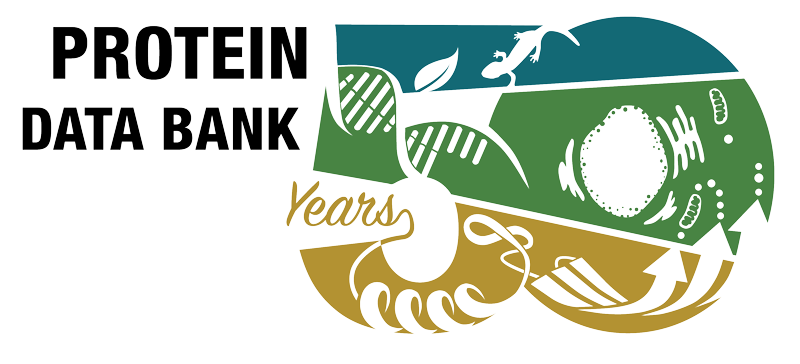Reviews - 2vu9 mentioned but not cited (4)
- Botulinum and Tetanus Neurotoxins. Dong M, Masuyer G, Stenmark P. Annu Rev Biochem 88 811-837 (2019)
- Assembly and function of the botulinum neurotoxin progenitor complex. Gu S, Jin R. Curr Top Microbiol Immunol 364 21-44 (2013)
- Variations in the Botulinum Neurotoxin Binding Domain and the Potential for Novel Therapeutics. Davies JR, Liu SM, Acharya KR. Toxins (Basel) 10 E421 (2018)
- A Comprehensive Structural Analysis of Clostridium botulinum Neurotoxin A Cell-Binding Domain from Different Subtypes. Gregory KS, Acharya KR. Toxins (Basel) 15 92 (2023)
Articles - 2vu9 mentioned but not cited (19)
Reviews citing this publication (22)
- Sialic acids in the brain: gangliosides and polysialic acid in nervous system development, stability, disease, and regeneration. Schnaar RL, Gerardy-Schahn R, Hildebrandt H. Physiol Rev 94 461-518 (2014)
- Botulinum neurotoxin: a marvel of protein design. Montal M. Annu Rev Biochem 79 591-617 (2010)
- Cell entry strategy of clostridial neurotoxins. Binz T, Rummel A. J Neurochem 109 1584-1595 (2009)
- Clostridial toxins. Popoff MR, Bouvet P. Future Microbiol 4 1021-1064 (2009)
- Bacterial Signaling to the Nervous System through Toxins and Metabolites. Yang NJ, Chiu IM. J Mol Biol 429 587-605 (2017)
- The Polyomaviridae: Contributions of virus structure to our understanding of virus receptors and infectious entry. Neu U, Stehle T, Atwood WJ. Virology 384 389-399 (2009)
- Mechanism of Action of OnabotulinumtoxinA in Chronic Migraine: A Narrative Review. Burstein R, Blumenfeld AM, Silberstein SD, Manack Adams A, Brin MF. Headache 60 1259-1272 (2020)
- Receptor and substrate interactions of clostridial neurotoxins. Brunger AT, Rummel A. Toxicon 54 550-560 (2009)
- Therapeutic use of botulinum toxin in migraine: mechanisms of action. Ramachandran R, Yaksh TL. Br J Pharmacol 171 4177-4192 (2014)
- Bacterial toxins and the nervous system: neurotoxins and multipotential toxins interacting with neuronal cells. Popoff MR, Poulain B. Toxins (Basel) 2 683-737 (2010)
- Molecular recognition of gangliosides and their potential for cancer immunotherapies. Krengel U, Bousquet PA. Front Immunol 5 325 (2014)
- Engineered botulinum neurotoxins as new therapeutics. Masuyer G, Chaddock JA, Foster KA, Acharya KR. Annu Rev Pharmacol Toxicol 54 27-51 (2014)
- Molecular structures and functional relationships in clostridial neurotoxins. Swaminathan S. FEBS J 278 4467-4485 (2011)
- Glycan-based high-affinity ligands for toxins and pathogen receptors. Kulkarni AA, Weiss AA, Iyer SS. Med Res Rev 30 327-393 (2010)
- Membrane-Binding Mechanism of Clostridium perfringens Alpha-Toxin. Oda M, Terao Y, Sakurai J, Nagahama M. Toxins (Basel) 7 5268-5275 (2015)
- Botulinum neurotoxin: where are we with detection technologies? Singh AK, Stanker LH, Sharma SK. Crit Rev Microbiol 39 43-56 (2013)
- What next for botulism vaccine development? Webb RP, Smith LA. Expert Rev Vaccines 12 481-492 (2013)
- Botulinum Toxin as a Pain Killer: Players and Actions in Antinociception. Kim DW, Lee SK, Ahnn J. Toxins (Basel) 7 2435-2453 (2015)
- Protein Toxins That Utilize Gangliosides as Host Receptors. Zuverink M, Barbieri JT. Prog Mol Biol Transl Sci 156 325-354 (2018)
- Unique ganglioside binding by botulinum neurotoxins C and D-SA. Kroken AR, Karalewitz AP, Fu Z, Baldwin MR, Kim JJ, Barbieri JT. FEBS J 278 4486-4496 (2011)
- Botulinum neurotoxins: new questions arising from structural biology. Kammerer RA, Benoit RM. Trends Biochem Sci 39 517-526 (2014)
- Variability of Botulinum Toxins: Challenges and Opportunities for the Future. Rasetti-Escargueil C, Lemichez E, Popoff MR. Toxins (Basel) 10 E374 (2018)







 PMID:
PMID: 